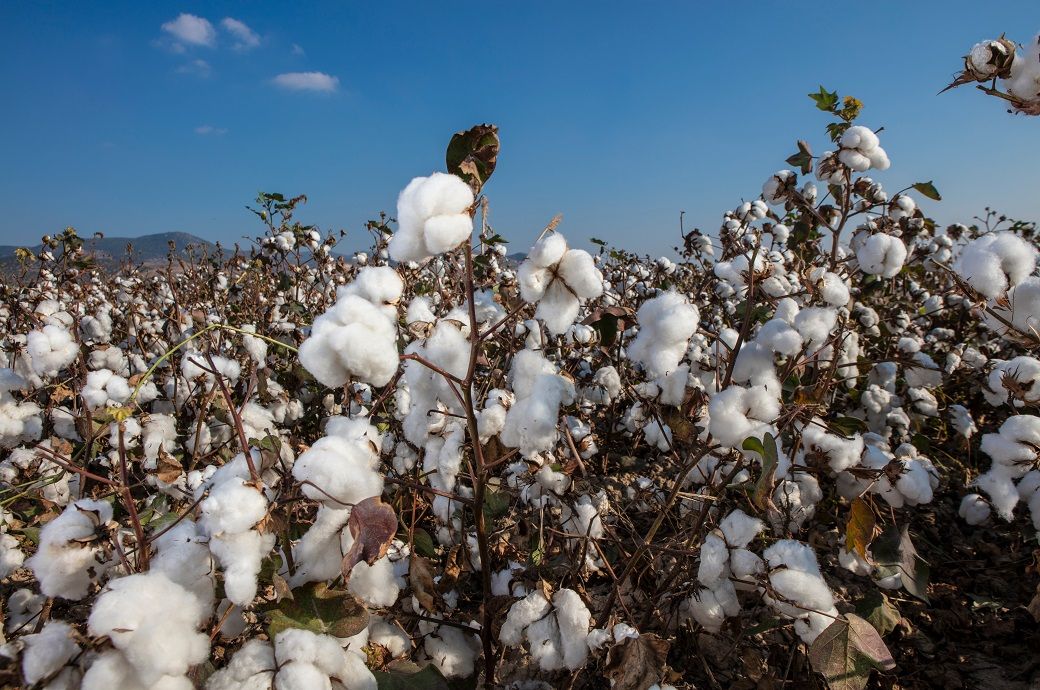

Between February 28 and March 15, the CEPEA/ESALQ Index for cotton dropped 3.6 per cent, closing at BRL 4.9888/pound on March 15. On the other hand, the US dollar rose 1.4 per cent against the Real in the first fortnight of March, to BRL 5.294 on March 15. The Cotlook A Index decreased 3.82 per cent, to $0.9555/pound on March 15. Thus, the export parities FAS (Free Alongside Ship) decreased 2.5 per cent, to BRL 4.4060/pound ($0.8323/pound) at the port of Santos (SP) and BRL 4.4165/pound ($0.8343/pound) at the port of Paranaguá (PR) on March 15. On average, the cotton Index was 13 per cent above the export parity in the first half of March, CEPEA said in its latest fortnightly report on the Brazilian cotton market.
From August 2022 to the first eight working days of March 2023, Brazil exported 1.148 million tons of cotton, 17 per cent less than the volume shipped between August 2021 and March 2022.
In the Brazilian spot market, sales in the first fortnight of March were limited by both the gap between asking and bidding prices and the quality of the cotton available. According to CEPEA collaborators, the demand for cotton yarn and finished products is low, limiting cotton sales in the spot market.
Cotton farmers kept some of the remaining batches due to recent devaluations of the product. They were willing to lower asking prices only for lower-quality cotton.
Brazil’s National Supply Company (CONAB) estimates the national area allocated to cotton crops at 1.665 million hectares in the 2022-23 season, 0.53 per cent smaller than that in the report from February but 4 per cent larger than that in the 2021-22 season. Productivity estimates were revised down by 8.03 per cent from that previously reported but may be 4.8 per cent higher than that last season, forecast at 1,672 kg/hectare.
Thus, the Brazilian cotton output may total 2.783 million tons, 8.51 per cent lower than that forecast in February but 9 per cent higher than that in 2021-22. The 2022-23 crop is not expected to be a record anymore, currently estimated to be the second highest, only lower than the 2019-20 crop (3.002 million tons).
Fibre2Fashion News Desk (KD)